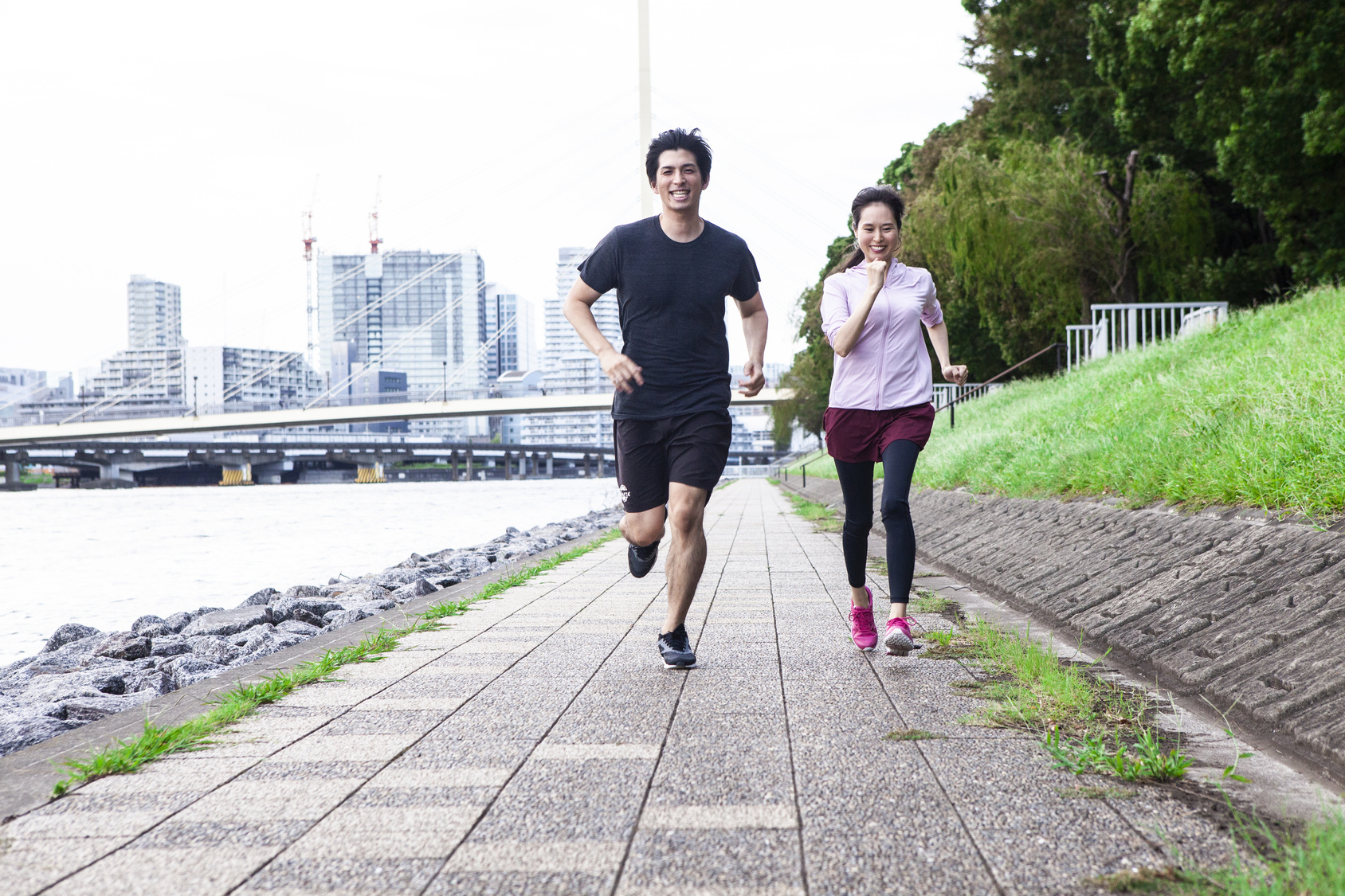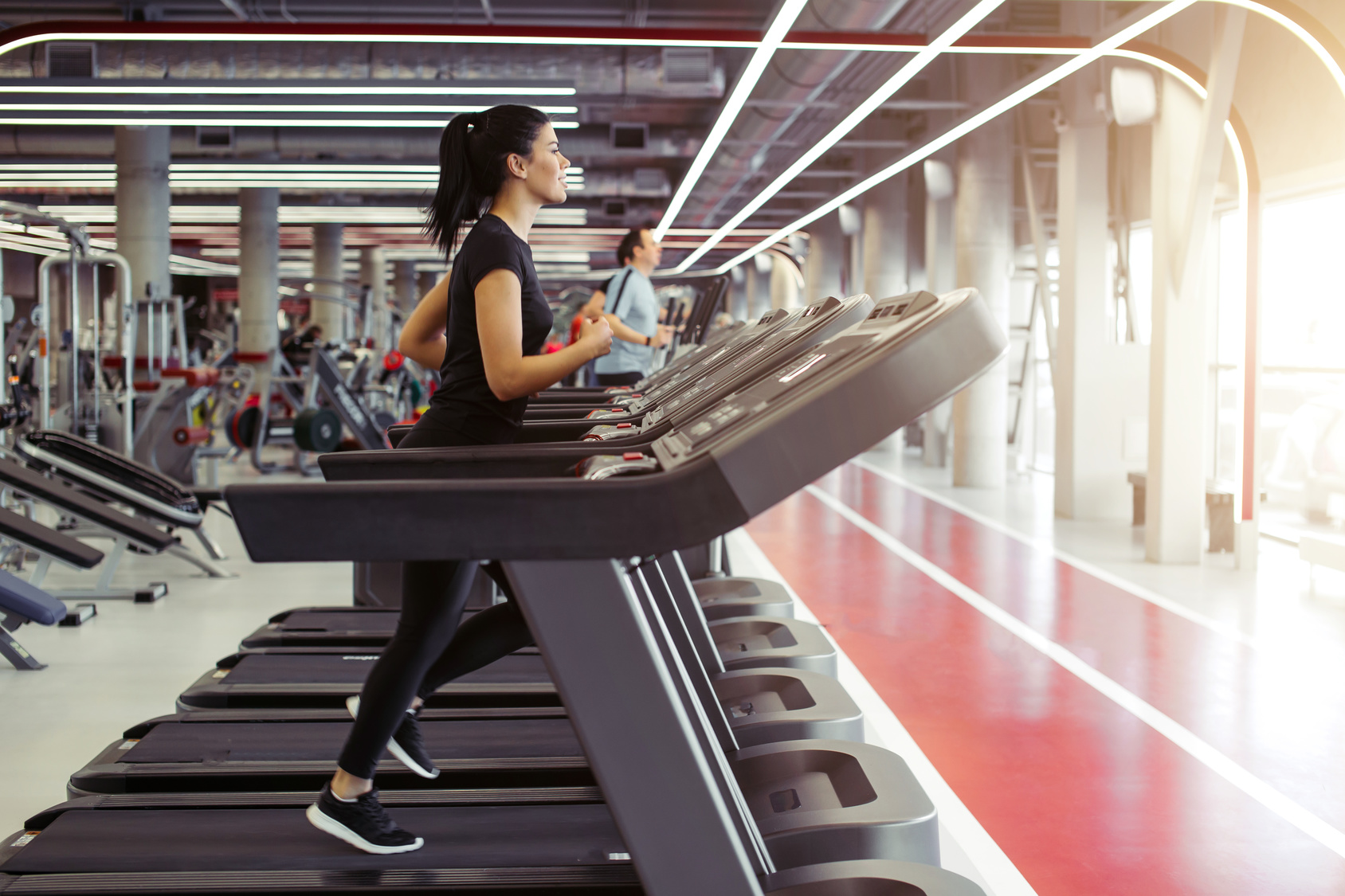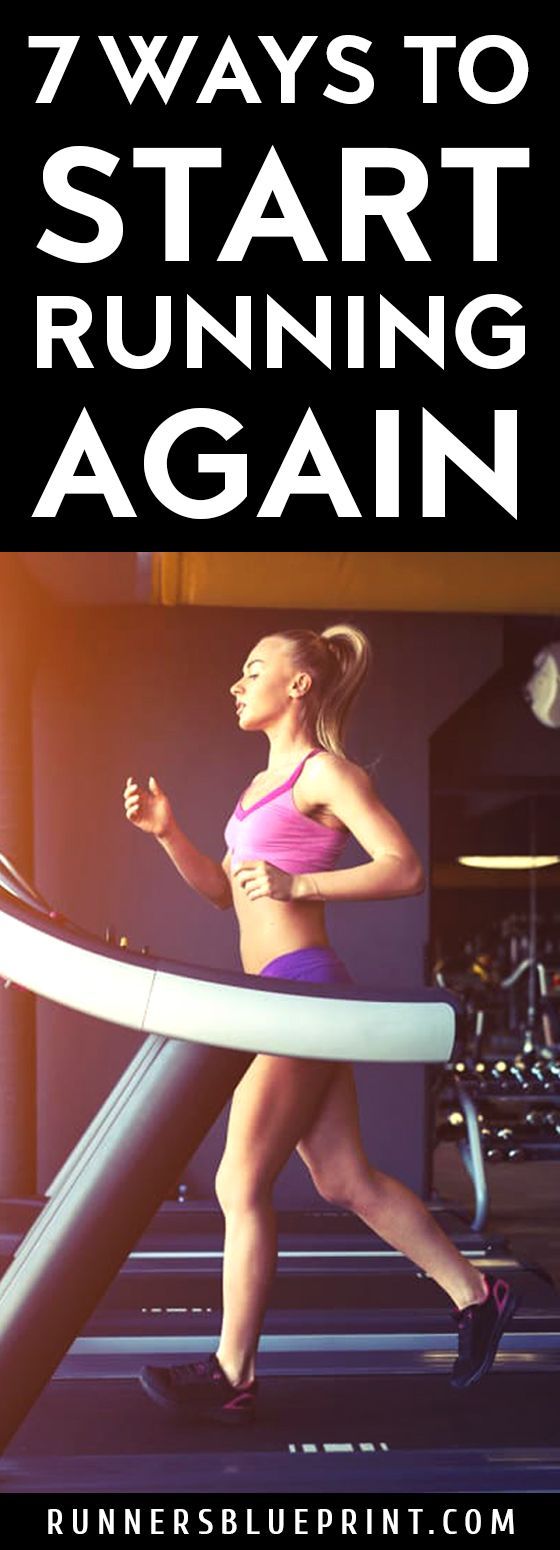I’ll never forget one of my early clients—he was a long-haul trucker, weighed over 300 pounds, and walked into my office with a simple goal:
“I want to run a 5K.”
He was sweating just standing still. And yeah, I’ll be honest—I had concerns. His knees, his heart, his endurance… Would it be safe? Would he last?
But he didn’t flinch. He just said, “I’m ready.”
So we started slow. Walking. Short jogs. Thirty seconds at a time. That was it. And it was hard—real hard. But he stuck with it. Every week, he got a little stronger.
Six months later, that same man crossed the finish line of his first 5K—no walking, no breaks, no quitting. We both choked up. Not because he was fast, but because he’d done something people told him wasn’t possible.
That’s what this guide is about: becoming a runner no matter your size.
If you’ve ever told yourself “I’m too fat to run,” let me stop you right there. That’s a lie. It’s not about weight—it’s about willingness. And you wouldn’t be reading this if you didn’t have the guts to try.
Are You Too Fat to Run?
No. But You Need a Plan.
Let’s tackle this head-on: You’re not too fat to run. As long as you can walk and your doctor clears you, you can build up to running safely. The idea that running is only for skinny people in spandex? Total myth.
Running isn’t a body type. It’s a mindset. You become a runner by running, not by looking a certain way.
I’ve worked with dozens of runners over 250–300 lbs. Some could barely jog 60 seconds when they started. One woman I coached ran her first marathon at age 52, after starting out 50 pounds overweight and only able to jog one block.
Her advice?
“Stop comparing. Progress isn’t linear. Just keep showing up.”
Don’t worry about pace. Don’t worry about what the people on Instagram are doing. Your only competition is past you. And every step you take is another step ahead of everyone still sitting on the couch.
Running is for you. Your weight doesn’t disqualify you—it just means the journey will demand more patience and smarter planning.
“But Won’t Running Wreck My Knees?”
This one comes up a lot—and I get it. You hear that number thrown around: “Running puts 7–12 times your body weight on your joints.” Sounds scary, right?
But here’s the truth: the human body can adapt. Stronger bones, tougher tendons, better joint health—all that comes from training smart and respecting your limits.
A massive study in Arthritis Care & Research followed middle-aged (and overweight) adults for years. Their finding? Recreational running did not cause more knee arthritis. In fact, runners had joints just as healthy—sometimes healthier—than those who never ran.
What actually hurts your knees long-term? Inactivity. Weak muscles, poor circulation, and excess weight from doing nothing.
So yes, running can be hard on your joints—if you jump in too fast. That’s where people get hurt. Not from running itself, but from impatience.
The Injury Risk Is Real – But Manageable
Let’s keep it real: overweight runners do face a higher injury risk, especially at the beginning.
One study found about 25% of overweight beginners got injured in the first few months—compared to 15% of normal-weight runners.
But here’s the kicker: when those same runners followed a gradual plan, the injury risk dropped fast. In one trial, beginners who ran less than 3 km (1.8 miles) in their first week had a 12% injury rate. Those who ran more than 6 km (3.7 miles)? That number nearly doubled.
Go slow. Progress steady. And you’ll stay injury-free.
Your bones, joints, and soft tissues need time to adapt. This isn’t just about cardio fitness—it’s about giving your whole body time to get stronger under load.
The Real Struggle? Not Your Body. It’s Your Mind.
Let’s talk insecurity for a second.
You’re going to feel awkward. You’re going to worry people are staring. You might even think, “What am I doing out here looking like this?”
Here’s the truth: most people don’t care. Some might even silently respect you more than they do the six-minute miler next to you. Because they know what it takes to start.
And anyone who mocks a beginner out there trying to get better? They’re not worth your energy.
Hold your head high. You’re doing something uncomfortable, uncommon, and transformational. That’s badass.
Safety Tips for Overweight Runners: Start Smart, Stay Strong
Let’s cut to the chase: yes, you can run safely at a higher weight—but you’ve got to train smart and respect your body. Too many beginners get hyped, charge out the gate, and flame out in two weeks because they ignored the basics. You’re not here for fast-fixes. You’re here to do it right.
Here’s how to stay healthy while building fitness step by step.
Start with Walk-Run Intervals
Trying to run nonstop on Day 1? That’s a recipe for burnout—or injury.
Instead, start with a walk-run structure (like 30 seconds jog, 90 seconds walk, repeat). It’s easier on the joints, builds endurance gradually, and you’ll still torch fat. Progress comes from consistency, not punishment.
Run on Softer Surfaces When You Can
Your joints will thank you.
- Grass, trails, rubberized tracks, or treadmills are way more forgiving than concrete sidewalks.
- Even crushed gravel paths are better than pounding pavement every run.
Think of your knees and ankles as a long-term investment—protect them now.
Use Good Form (We’ll Cover This in Depth Later)
Running with poor mechanics? That’s extra wear and tear.
Stay tall, keep your cadence up, land under your center of gravity—not out in front. We’ll get into technique later, but for now just know: form matters more when you’re heavier. It’s how you run longer without breaking down.
Listen to Pain Signals
Soreness = okay. Sharp pain = stop.
It’s normal to feel heavy, tired, sweaty, and out of breath.
But if something hurts—especially joints or bones—back off. Pain that gets worse, lingers, or messes with sleep? See someone about it.
Your ego won’t get you through injury. Your patience will.
Rest Days Are Part of the Plan
You don’t get stronger during runs—you get stronger during recovery. Rest isn’t laziness, it’s smart training.
👉 Rest days let your joints adapt, your muscles repair, and your mind recharge.
Cross-training days with cycling or swimming? Those are bonus wins without the impact.
Watch for Overheating
Heavier bodies generate and hold more heat. Combine that with summer humidity and things can get dangerous quick.
Here’s how to play it smart:
- Run early morning or evening when it’s cooler.
- Wear light, breathable, moisture-wicking clothes.
- Hydrate like it’s your job.
- A cooling towel or wet bandana around your neck can do wonders.
Don’t be afraid to slow down or stop if you get dizzy or lightheaded. Better to finish slower than not finish at all.
The 8-Week Running Plan for Overweight Beginners (Run-Walk, Built Smart)
If you’re starting your running journey and carrying extra weight, this is your roadmap. And no—you don’t need to run nonstop to be a runner.
We’re using the run-walk method—because it works. Legendary coach Jeff Galloway made it popular for good reason: it builds endurance while giving your body room to adapt.
Walk breaks aren’t “wimping out” — they’re smart pacing tools. They protect your joints, keep your heart rate in check, and help you stay consistent without burning out.
How This Plan Works:
- 3 run-walk workouts per week (example: Mon, Wed, Fri)
- Rest days or light cross-training on non-running days (walk, bike, yoga, swim—whatever feels good)
- No back-to-back run days
- Always start with a 5-min brisk walk to warm up and end with a cooldown walk + stretch
- If a week feels too tough? Repeat it. That’s not failure. That’s being smart. Go at your pace.
Week-by-Week Breakdown
Week 1 – Easing In
- Mon: Run 2 min / walk 2 min × 6
- Wed: Run 2 min / walk 2 min × 8
- Fri: Run 2 min / walk 1 min × 6
Week 2 – Getting a Groove
- Mon: Run 2 min / walk 1 min × 8
- Wed: Run 2 min / walk 1 min × 10
- Fri: Same as Monday
Week 3 – Slight Step Up
- Mon: Run 3 min / walk 2 min × 6
- Wed: Run 3 min / walk 2 min × 8
- Fri: Run 3 min / walk 1 min × 6
Week 4 – Building Durability
- Mon: Run 5 min / walk 3 min × 3
- Wed: Run 5 min / walk 3 min × 4
- Fri: Run 5 min / walk 3 min × 5
Week 5 – Keeping Steady
- Mon & Wed: Run 5 min / walk 2 min × 5
- Fri: Run 5 min / walk 1 min × 4
Week 6 – First Real Push
- Mon: Run 5 min / walk 1 min × 4
- Wed: Run 5 min / walk 1 min × 5
- Fri: Run 7 min / walk 2 min × 3
Week 7 – Time on Feet
- Mon & Wed: Run 7 min / walk 2 min × 3
- Fri: Run 10 min / walk 3 min × 2
Week 8 – Finish Strong
- Mon: Run 10 min / walk 3 min × 2
- Wed: Run 12 min / walk 3 min × 2
- Fri: Run 20 min nonstop 🏁
That 20-minute run? That’s your win. Doesn’t matter if it’s slow. Doesn’t matter if you take a walk break next time. You just ran 20 minutes straight. That’s a huge deal.
After Week 8: What’s Next?
If your goal is a 5K (3.1 miles), start adding 3–5 minutes to your continuous runs every week.
Or keep using intervals—forever, if you want. There’s no rule that says you must run non-stop. Plenty of experienced runners use run/walk for races. It’s about progress, not perfection.
Coach’s Tips
- Warm-Up Always
That 5-minute brisk walk at the start? Mandatory. It gets blood to your muscles and saves your joints from shock. - Run Slow. Slower. No, Slower.
Don’t try to be fast. Run at “conversation pace.” If you can’t talk, slow down. Going too fast = injury zone. - Repeat Weeks If Needed
If Week 3 wrecks you? Stay there for another week. It’s not a race. Build slow, build strong. - Walk Breaks = Strategy
Use walk breaks to reset your form, breathe deep, and stay efficient. Walk tall and brisk, not slouchy. - Hydrate & Dress Right
Carry water if it’s hot or if your runs last over 30 min. Wear moisture-wicking socks and avoid cotton. Blisters? Try two sock layers or dab some Vaseline on hot spots. - Blister Tip
Check your shoes. They should have a thumb’s width of room in front of your big toe. Too tight = pain. Too loose = sliding = blisters. - Soreness Is Normal. Sharp Pain Is Not.
Sore calves, tired legs, achy quads? Totally normal.
Stabbing knee pain, limping, swelling? That’s your body waving a red flag. Rest. Ice. And maybe see a doc if it doesn’t ease up. - Rest Is Part of Training
You don’t get stronger while running—you get stronger while recovering. Take 2 full rest days per week. Sleep well. Fuel up. Let your body rebuild.
What About Cross-Training?
On non-run days, light movement helps. Try:
- Walking
- Stationary biking
- Swimming
- Yoga or stretching
- Light strength work (especially core and glutes)
Keep it easy. The goal is to support your running—not replace it or leave you too wiped out to run the next day.
Running Technique Tips for Bigger Runners
Good Form = Less Pain, More Progress
Let’s get one thing straight: running doesn’t just come “naturally.” Especially if you haven’t done it in years—or ever. And if you’re carrying extra weight? Form matters even more.
Good mechanics will save your joints, reduce injury risk, and make every mile smoother.
I’ve coached plenty of heavier runners, and here are the form cues I always hammer home.
Run Tall and Proud
Picture a string pulling you gently up from the top of your head.
That’s your posture cue:
- Chest up
- Shoulders back and down
- Eyes on the horizon—not the ground
Avoid slouching or leaning from the waist. A slight lean is fine if it’s from your ankles, not your hips.
Engage your core and stay “stacked” (head over shoulders, over hips, over feet). This keeps your back happy and breathing easy.
Slouch = collapsed lungs and lower back stress. Fix it before it fixes you.
Shorten Your Stride & Quick-Step It
Overstriding (landing with your foot way out in front) is one of the biggest mistakes I see in new runners—and it hits heavier runners harder. It slams your heel into the ground and puts a ton of stress on your knees.
The fix?
- Take shorter, quicker steps
- Land with your foot under your hips, not in front
- Think: “light and quick”
Try sneaking up on the ground like a ninja—soft, smooth footfalls, not heel-slamming bricks.
You don’t need to run on your toes, but a gentle midfoot or light heel contact is ideal.
Pro tip: Your body likes a cadence around 170–180 steps per minute. Don’t obsess with the number, but aim for a quicker turnover. It’ll keep you efficient and reduce pounding.
Engage That Core
Your abs and glutes are more important than you think. They hold your form together.
- Gently brace your abs like someone’s about to give you a soft punch
- This stabilizes your spine, helps with balance, and prevents sagging posture
Also, try doing a couple short core sessions per week—think planks, bridges, bird-dogs. Doesn’t take long, but it makes a big difference on the run.
Arm Swing = Your Secret Weapon
Keep your elbows bent about 90 degrees and swing them naturally from the shoulders.
- Hands move forward and back—not across your body
- Keep elbows in, close to your ribs (no chicken wings)
- Imagine brushing your hands lightly past your hips
Relax your hands. No fists. Tension creeps up from tight hands to tight shoulders.
Fun fact: When your arms get tired, your legs often follow. Use your arms to drive forward on hills or during tough stretches. They lead the way.
Stay Loose
Tension is the enemy of efficiency.
Scan your body as you run:
- Are your shoulders climbing toward your ears? Shake them out.
- Jaw clenched? Wiggle it loose.
- Grimacing? Smile—even faking it helps relax your face.
The smoother and looser you stay, the easier your body can move. Think rhythm, not rigidity. Run relaxed to go long.
Breathe Deep, Not Shallow
A lot of beginners pant like they’re being chased. Try this instead:
- Belly breathe—expand your diaphragm, not just your chest
- Use a rhythm like inhale for 3 steps, exhale for 2 (3:2 breathing)
- Find a breathing cadence that feels natural
If you’re gasping for air? Slow down. Your fitness will improve—but only if you let your breath keep up.
Consider a Form Check (Optional but Worthwhile)
Once you’ve got a few weeks of running under your belt, it might be smart to have someone look at your form.
- A running coach
- A physical therapist
- Or even a friend filming you on their phone
Sometimes a small tweak—like your foot flaring out, or your arms crossing midline—can prevent a lot of long-term issues (think: shin splints, IT band pain, etc.).
If you keep getting the same injury, get your form checked. It’s worth the time.
How to Handle the Pain, Sweat, and Setbacks
Let’s have some real talk: starting to run when you’re overweight isn’t always pretty.
You’ll sweat — a lot. You might chafe, blister, wake up sore in muscles you didn’t know existed, and step on the scale after two weeks of effort only to see… nothing change.
This is the messy middle that causes many new runners to quit.
But not you. You’re here to push through, prepared for what’s ahead—not blindsided by it.
Sweating & Overheating: It’s Not Just You
Larger bodies often run hotter. It’s not in your head if you’re dripping and the skinny runner next to you is barely glistening.
The fix?
- Run during cooler hours — early morning or evening
- Use the treadmill in air conditioning if needed — it’s not cheating
- Wear moisture-wicking gear — no cotton. Soaked shirts = misery
- Try cooling towels — wet one, toss it around your neck
- Hydrate before and after. If your run’s over 30 minutes or it’s hot, sip during
Pro tip: If it’s brutally hot, split your run into two shorter ones—one in the morning, one in the evening. Easier on your system, same benefit.
🚨 Warning signs to watch for: dizziness, nausea, or stopping sweat production. If that happens, stop immediately and cool down—you’re on the verge of heat illness.
Chafing & Skin Irritation: Handle It Early
Chafing can be brutal—especially on the inner thighs, underarms, or under breasts. It can turn a great run into a painfest.
How to prevent it:
- Compression shorts/tights
- Body Glide, Vaseline, or anti-chafe balm before every run
- Moisture-wicking fabric is non-negotiable
If you do get a rash:
- Clean it, let it dry
- Use diaper cream or zinc oxide
- Don’t run until it calms down—protect the area first
For feet:
- Good socks and shoes are your armor
- Use toe lubricants or blister pads if needed
- Got a blister? Drain only if it’s too painful. Sterilize the needle, don’t remove the skin flap, cover it up, and move on
One runner put it perfectly: “Once I built some calluses and found the right gear, chafing stopped being a problem. You adapt.”
Muscle Soreness vs. Injury: Learn the Difference
After your first few runs, you’ll probably wake up sore—especially in your quads, calves, or glutes. That’s DOMS (delayed onset muscle soreness).
It peaks 24–48 hours after a workout and then fades.
✅ Normal soreness:
- Dull, stiff, achy
- Goes away with movement
- Responds well to light walks, stretching, or gentle cycling
🚫 Real pain (not normal):
- Sharp, stabbing, or makes you limp
- Doesn’t go away with rest
- Gets worse over time or during daily activity
For heavier runners, common hot spots are knees, shins, lower back, and feet.
If something feels off, don’t run through it. Ice the area. Cross-train instead. Rest. If pain persists or worsens, see a physio or doctor.
Remember: the goal is progressive overload—not zero-to-3-miles-in-a-day.
Don’t fall into the boom-and-bust trap. Better to be consistent than to torch your legs in one heroic session and then sit out a month.
Setbacks, Missed Runs & Motivation Slumps
Life happens. You’ll miss workouts. You’ll have bad days. You might even wonder if it’s worth it.
Here’s how to handle it:
- Don’t panic over a missed run. It’s not a big deal. Just pick up where you left off.
- Don’t try to “make up” missed runs by doubling up the next day. That’s how injuries happen.
- If you’ve been off for 2+ weeks, ease back in. Start slightly lower than where you left off—fitness comes back fast.
Motivation comes and goes. Discipline is what gets you back on the road.
One bad week doesn’t cancel out your progress. What matters is that you keep showing up—even imperfectly.
Mental Hurdles: When You Want to Quit
Let’s be real: the hardest part of running for fat loss isn’t the sweat, the schedule, or even the sore legs. It’s your mind.
You’ll hit days where every step feels heavy, where the scale isn’t budging, and your motivation’s in the gutter. That’s when the real test begins. Not of your fitness—but of your why.
Reconnect With Your Reason
Ask yourself: Why did I start this?
To get healthy? To feel confident again? To show your kids what resilience looks like?
Hold on to that. Write it down. Post it on your mirror. Make it your phone lock screen. Whatever it takes—because when your brain screams “Quit,” your why is the answer.
Talk Back to the Negative Voice
Catch yourself thinking, “I’m too slow. I’m a joke.”
Counter it immediately with: “I’m out here doing the work. Every step makes me stronger.”
Cheesy? Maybe. But guess what—it works. Repeat it. Own it.
Some runners even sync mantras with their stride:
- “One step… at a time.”
- “Strong and steady.”
- “I don’t quit.”
Trick Your Brain: Use Music or Podcasts as a Reward
Create a running-only playlist—songs that make you feel like a badass. Or pick a podcast you love and only let yourself listen while running.
That anticipation? It gets you out the door when motivation is low.
One runner I coached used audiobooks to bait himself out for runs: “If I want to know what happens next, I gotta move.” Smart.
Motivation for the Days You Feel Too Slow
Maybe you joined a local run group and got left in the dust. Maybe your watch told you you’re slower than last week. It happens.
Here’s what to remember: pace is not the point—progress is.
Yeah, maybe you’re the slowest today. So what? You’re still ahead of everyone who didn’t show up.
I had a runner once tell me:
“People might pass me, but at least I’m not on the couch anymore.”
Boom. That’s the mindset.
Everyone Starts Somewhere
You think elite runners started fast? Most couldn’t run a mile when they began.
One Reddit runner went from 17-minute miles to 14-minute miles in 2 months—just by sticking with it.
Another dropped 20 minutes off their half-marathon time without losing a pound.
Consistency > scale.
The truth? You will get faster. Maybe slowly, maybe not dramatically—but it will happen.
And even if you don’t? That’s fine too. Running’s not just for the fast. It’s for the determined.
Tips to Beat the “I’m Too Slow” Mindset
- Use a mantra: Simple and strong. Try: “I’m doing it” or “Every step is progress.”
- Visualize where you started: Week 1, maybe you couldn’t jog a full minute. Now you’re running multiple minutes or miles. That’s growth.
- Unfollow the comparison trap: Apps like Strava can be great—but they can also wreck your mindset. If seeing someone else’s 7-minute miles kills your motivation, mute them.
- Compare wisely: Look for stories like yours. There are thousands of “slow runner to strong runner” journeys online—find them, and let them remind you what’s possible.
- Log your wins: Write down your workouts. Highlight the small victories:
- “Felt strong on interval 3.”
- “Didn’t stop on that hill.”
- “Showed up even when I didn’t want to.”
On rough days, flip back and read those. That’s your proof that you’re progressing.
How to Handle Stares, Side Comments & Your Own Inner Demons
Let’s get real. If you’re overweight and just starting to run, there’s a good chance you’ve felt eyes on you. Maybe you’ve even heard a snide comment or two.
Society can be cruel—but you have every right to be out there. And let me tell you: just by showing up, you’re already doing what most people aren’t.
People Aren’t Watching You Like You Think
That voice in your head saying “Everyone’s judging me”? It’s usually wrong.
Most runners are too focused on their own pace, playlist, or pain to care about what someone else looks like.
And honestly? A lot of us find it inspiring when we see a heavier runner out there grinding. That’s guts. That’s heart.
As one Redditor said:
“People care less than you think—and most are stoked for you.”
So next time you feel self-conscious, remind yourself: you’re out there doing the work. That already puts you ahead of the game.
When Someone Actually Says Something Rude
It happens—but it says way more about them than it does about you.
Teenagers yell dumb things. Strangers blurt out ignorance. Don’t let it ruin your run.
Here’s your mental reframe:
- They’re sitting in a car.
- You’re out there doing something hard.
Who’s actually winning?
If it’s someone you know tossing backhanded “concern” like, “Is running safe for you?” hit them with confidence:
“I’m training smart, and it’s already improving my health.”
Sometimes people are uncomfortable with your effort because it shines a light on their lack of it.
Keep moving. Let your consistency speak louder than their criticism.
Your Real Battle? The Voice Inside
Let’s call it out: the toughest critic is often you.
That voice whispering, “Why bother?” or “Everyone’s laughing at you”? Shut it down. Literally. Talk back to it out loud if you need to:
“Nope. I’m doing this for me.”
Act confident—even if you’re faking it at first. Over time, your mind will catch up to your momentum.
Visualization = Mental Reps
Before your run, take a moment to picture a win:
- You finish strong
- You cross a finish line
- You walk back inside smiling
Pro athletes use mental imagery. You can too.
See yourself as a runner—because you are one.
Build Your Tribe
Find a buddy who’ll walk or jog with you. Or join an online group where people actually get it.
Spaces like r/Beginnerrunning or Facebook running groups are full of folks on the same path, giving high-fives for every win.
Surround yourself with people who lift you up—and ditch the ones who drag you down.
Nutrition for Bigger Runners: Fuel Smart, Don’t Fool Yourself
Running can torch calories—but if you eat back more than you burn, you’re spinning your wheels.
Here’s how to keep your nutrition tight without turning into a food monk:
Don’t Run to Eat
This is the trap:
“I ran, so I earned this.”
That logic crushes progress. A 3-mile run might burn 300–400 calories. A post-run muffin and mocha? 600+.
Flip the mindset: Food fuels your runs—it’s not a reward.
Want a treat? Fine. But make it part of a plan, not an emotional bailout after a workout.
Eat Like You Respect Your Body
Stick to real, whole foods that help you recover and get stronger:
- Lean proteins (chicken, eggs, fish, Greek yogurt)
- Complex carbs (oats, sweet potatoes, brown rice)
- Healthy fats (avocado, nuts, olive oil)
- A mountain of vegetables and fruits
Keep junk food out of sight. If you have to leave the house to get it, you’ll indulge less often. Stock your fridge with stuff that fuels, not stuff that tempts.
Know Your Numbers (At Least for a Bit)
You don’t need a crash diet or a rigid meal plan. But awareness matters.
Use an app like MyFitnessPal or LoseIt for a few weeks. You’ll be shocked at what adds up. That “healthy” smoothie might be half your day’s calories.
- Aim for a modest calorie deficit—about 500 per day is solid for slow, steady fat loss.
- Keep an eye on portion sizes—healthy food can still add up.
- Watch out for liquid calories (sodas, fancy coffees, smoothies loaded with sugar).
This isn’t about perfection. It’s about being just mindful enough to stay on track.
Bonus: Spread Out Your Protein
Aim for about 0.6–0.8g of protein per pound of bodyweight, spaced throughout the day. That helps preserve muscle as you lose fat—and keeps you full.
Nutrition Tips for Runners Looking to Burn Fat Smarter (Not Just Run More)
Running is a powerful fat-loss tool—but if your nutrition doesn’t match your training, you’re leaving results on the table. Whether your goal is to drop weight, boost energy, or just stop feeling wiped after every run, these strategies will help you fuel smarter and recover better.
Prioritize Protein (Especially at Breakfast)
Protein is your wingman. It builds muscle, keeps you full longer, and helps repair your body after workouts.
Start your day strong—don’t just grab a bagel and hope for the best. Studies show that 25–30g of protein at breakfast helps control hunger hormones throughout the day.
Try this instead of sugary carbs:
- Eggs with spinach and toast
- Greek yogurt with berries and chia
- Protein shake with fruit and oats
- Cottage cheese with banana or melon
And keep it going through the day—chicken, tofu, fish, beans, lean meats, or quality protein powder.
More protein = more lean mass = higher metabolism = more fat burned even at rest.
Plan Your Meals (And When You Eat)
Don’t show up to a run with a full stomach and expect greatness. Running on a big meal = cramps, nausea, and regrets.
Here’s the timing play:
- Wait 2–3 hours after a full meal before running
- If you run early, go with a light snack 30–60 min beforehand (half banana, small protein bar)
- After your run, refuel with a combo of protein + carbs: think a smoothie, chocolate milk, or grilled chicken with rice and veggies
Also consider breaking your eating into 5–6 small meals/snacks during the day. It keeps your blood sugar stable, avoids those “eat everything in the fridge” moments, and gives you flexibility to time runs without being stuffed or starving.
Be Smart With “Special” Diets
Keto. Intermittent fasting. Carb cycling. You’ve heard the hype. And yes, they can work—but that doesn’t mean they’re the right call out of the gate, especially if you’re new to running.
- Keto: Low-carb = less fuel. Your runs may feel sluggish. Some adapt, but it’s rough at first.
- Fasting: Running fasted might boost fat burn—but if you feel weak or dizzy, it’s not worth it.
- Carb cycling: Can be useful for balancing big run days and recovery days—just keep it simple.
Rule of thumb? Pick a plan you can stick to for months, not days. Extreme diets usually backfire.
Most beginners do best with balanced meals: enough carbs to run strong, enough protein to recover, enough healthy fat to stay full.
If you’re unsure, a sports dietitian can help fine-tune things based on your training and goals.
Hydration = Fat Loss Secret Weapon
Water isn’t flashy, but it’s powerful. It keeps your workouts effective, curbs cravings, and even supports metabolism.
Simple hydration tips:
- Drink a big glass first thing in the morning
- Sip consistently during the day (not just when you’re dying of thirst)
- Aim for pale yellow pee – not clear, not dark
- After a sweaty run? Add electrolytes or a sports drink (especially in heat)
Fun fact: Even 1–2% dehydration can slow your metabolic rate. And thirst is often mistaken for hunger. So next time you’re craving a snack at 3pm, drink water first.
One Final Warning: Don’t Crash Diet While You’re Running More
This is a big one. If you’re new to running, your body is already adjusting. If you stack low food intake on top of that? You’ll feel like trash, risk injury, and slow your progress.
Some Reddit runners have shared hard-earned lessons—stress fractures, anemia, burnout—all from slashing calories too fast while ramping up miles.
A small, sustainable calorie deficit works better than a drastic cut. Think 1–2 pounds lost per week, max.
Fuel to train. Don’t just eat to shrink. You’re building a stronger, fitter version of yourself—not starving it.
Start Where You Are, Not Where You Wish You Were
Yes, your pace might be slower. Yes, you might take more breaks. But you also bring something younger runners don’t always have: life experience, grit, and perspective.
You’ve already raised kids, built a career, overcome hardship. You know how to stick to something, how to come back from setbacks, and how to play the long game.
Apply that mindset here.
Start with walking. Then try jogging for 30 seconds. Then 1 minute. Then 5. Before long, you’ll be running 20 minutes straight and wondering why you waited so long to start.
Conclusion: You’re Not Too Late — You’re Right On Time
If you’ve made it this far, you’re serious about change. You’ve got the roadmap — now all that’s left is to take that first step. Doesn’t matter if you’re 20, 50, or 75. The benefits of running don’t age out — and neither does your potential.
You’re not behind. You’re just getting started.
So lace up. Take that first walk. Add a little jog. And repeat.
It won’t be easy at first — but it’ll be worth it.
Because once you start running, you’re not just chasing health — you’re proving to yourself that you’ve still got a lot of strong miles left in the tank.
Let’s go. One step at a time. You’ve got this.


















































































